SEO is no longer what it used to be. If you’re still relying on outdated strategies like keyword stuffing and low-quality backlinks, it’s time to rethink your approach. As we head into 2025, Google's algorithms are evolving, and businesses need to adapt to the changes or risk falling behind.In this post, we’ll dive into the concept of SEO 2.0, an updated approach that focuses on content, context, and user experience.
If you want to stay ahead of the competition, you’ll need to understand why content-rich SEO is the future and how to implement these strategies today.In this post, we’ll dive into the concept of SEO 2.0, an updated approach that focuses on content, context, and user experience. If you want to stay ahead of the competition, you’ll need to understand why content-rich SEO is the future and how to implement these strategies today.

Gone are the days when SEO was about slapping a few keywords on your website and building some backlinks. Google's AI is getting more sophisticated, and it’s now focused on understanding the true value of your content to users. Google doesn’t just look at whether you’ve included the right keywords; it looks at how valuable, relevant, and engaging your content is.
This shift means that SEO is no longer about tricks or shortcuts; it’s about creating high-quality, user-centric content. In 2025, content is king—and the sooner you recognize this, the better.
In the past, SEO success was often driven by volume—more content, more keywords, more backlinks. However, Google’s new crawling techniques focus on content quality over quantity. With AI’s ability to understand context and purpose, Google now rewards content that actually answers user questions and solves real problems.
To succeed in SEO 2.0, focus on creating comprehensive content that thoroughly covers the topics your audience cares about. Instead of writing surface-level blog posts, create in-depth resources that truly educate and inform.
Keyword targeting is still important, but it’s not the whole story anymore. Google’s algorithms now prioritize search intent and content relevance over exact keyword matching. What does this mean for you?
Instead of stuffing your pages with exact match keywords, focus on creating content that is highly relevant to the searcher’s intent. If someone is looking for "how to fix a leaky pipe," your blog post or landing page should not just mention “leaky pipe”—it should provide a comprehensive guide on solving the problem and even answer related questions like “how to prevent leaks” or “tools you’ll need.”
In SEO 2.0, the goal is to solve user problems, not just rank for a specific keyword.

As part of this shift, semantic search is taking center stage. Google’s AI can now understand the context behind words, rather than just the words themselves. This means that Google ranks content based on its meaning in relation to a broader topic, rather than simply matching keywords.
For example, if you're targeting a broad topic like “home improvement,” you might create related subtopics like “best tools for DIY home projects” or “how to renovate your kitchen on a budget.” Google now understands these topic clusters, not just isolated keywords. So, instead of optimizing individual blog posts around isolated keywords, think in terms of topics and content clusters.
By building out comprehensive, interlinked content around a central theme, you’ll increase your chances of ranking for a wide range of related keywords.
While technical SEO and user experience are key to ranking on a global scale, local SEO is gaining even more importance. Google’s AI now factors in location and personalization when ranking content. When people search for products or services, Google is looking at their location, browsing history, and preferences.
For example, a person in Los Angeles searching for “plumber near me” will see results that are tailored to their specific location. To ensure your brand shows up in these local searches, optimize your Google My Business profile, target location-based keywords, and make sure your site is mobile-friendly.
In 2025, E-E-A-T (Expertise, Authoritativeness, and Trustworthiness) is more important than ever. If you’re in an industry like healthcare, finance, or legal, you need to establish your brand as an authority in your field. Google is now placing more weight on content that comes from trusted, credible sources.
This means that your SEO strategy should focus on building trust with your audience. Showcase your expertise, highlight positive customer reviews, and provide in-depth, factual content that your audience can rely on.
Google has always cared about user experience, but in 2025, UX is a major ranking factor. This includes everything from site speed and mobile responsiveness to how easy it is for users to navigate your site and find the information they need.
If your website is slow or difficult to use, users will quickly bounce, and Google will notice. The key to ranking in 2025 is to provide a seamless, enjoyable experience for your visitors. This means focusing on fast load times, a mobile-friendly design, intuitive navigation, and clear calls to action.

In 2025, SEO will no longer be about gaming the system. It’s about creating value-driven content that aligns with search intent and delivers real, lasting benefits to your audience. By embracing SEO 2.0—content-rich strategies, semantic search, and user experience—your business will be well-equipped to thrive in the changing landscape.
If you’re ready to future-proof your SEO strategy and create content that Google loves, it's time to rethink your approach. Start by focusing on the needs of your audience, providing genuine value, and optimizing for intent—not just keywords.